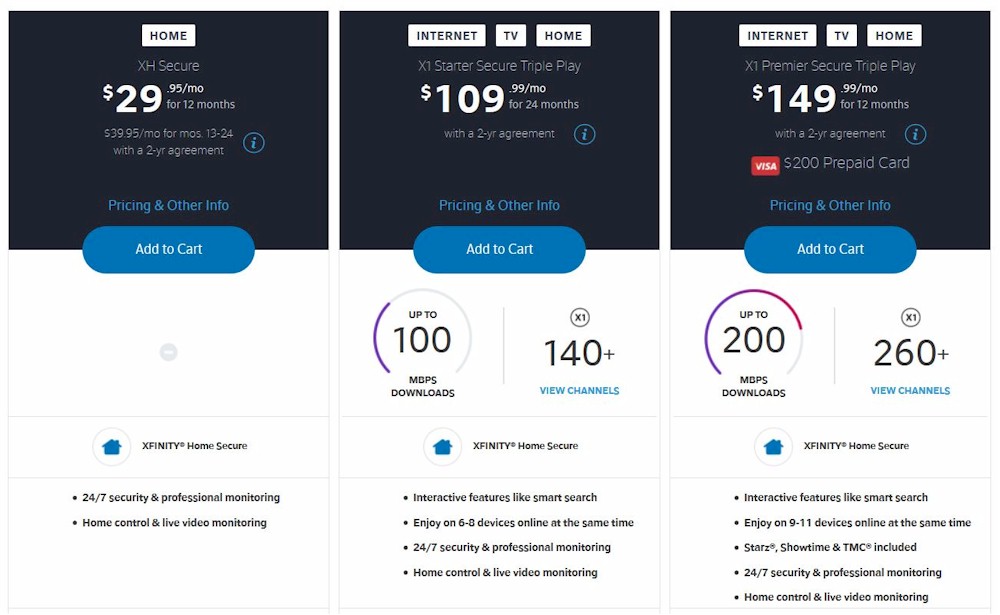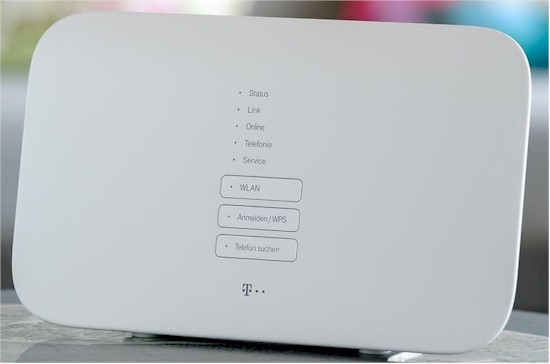I last checked on the state of the smart home market by attending Parks Associates’ Connections conference two years ago. My takeaways were there was no smart home “killer app” and that smart home product makers at the conference were looking nervously over their collective shoulder at Apple’s impending HomeKit launch.
Fast forward two years to Connections 2017. Apple has turned out to not be as big a force as had been feared and Amazon has come out of nowhere to be a dominant smart home player with its Echo / Alexa voice-driven platform, with Google in hot pursuit. But while voice may be generating today’s smart home buzz, it’s really a Trojan horse.

The real value Amazon and Google’s smart home platforms is not that they are enabling us to drive our home automation by voice. It’s that they are removing the fear of buying the wrong product. An Amazon search for “devices that work with Echo” brought up 1,006 results just now (it was 1,004 yesterday), which is impressive enough.
The real value is that the list includes multiple platforms using multiple connection technologies. Like the Cake Boss, Amazon has slathered a layer of digital fondant over the messy base layers essential to a tasty Smart Home cake, but that aren’t very appetizing to look at.
Amazon has taken the fear out of throwing your lot in with SmartThings, Wink, Insteon, Wemo or almost any other smart home product family. Although you still have to install your chosen poison’s app and go through the pain of adding each device, that could be the last time you have to open that app. Once devices are connected, you can just talk to Alexa and it takes it from there.
The genius of this from Amazon and Google’s perspective is you now are drawn closer to their brands and away from the device vendors’. And as you help train their AIs to help develop new skills, that bond will further tighten.
On one hand this is a good thing for the smart home industry because it removes the pressure on smart home product makers to be something they are not. D-Link, Belkin/Wemo and most other companies vying for smart home market share are thing makers. Building complex systems just isn’t in their DNA. Google and Amazon, on the other hand, are consummate system builders and are much better equipped to take on the job of making smart homes truly intelligent.
The bad news for the thing makers, however, is that it’s now a race to the bottom. With Google and Amazon, and eventually Microsoft, Apple and, yes, even Facebook making smart home OSes, the Thingers (Thingies?) will just be expected to make ’em fast, cheap and multifunctional. Every light bulb and power outlet will need a PIR sensor, or perhaps cheap camera(s) embedded so the AI can learn your routines and make your home act accordingly.
Sensors + AI = Smart Home Heaven?
But the folks at Amazon, Google, et. al ain’t done yet. Even the magic of voice control gets old real fast if you have more than a few devices to boss around or want more than one thing to happen at once when you wake up your smart home assistant. If you want to create lighting scenes or control different types of devices with a single command, it’s time to wrassle with those dang apps again.
Truly smart homes have to be more like a Nest Thermostat, learning our habits and eventually anticipating our needs. Think of the entire home as a smart home “device” vs. the collection of DIY stuff you have to buy, configure and tend to now.
Of course the creep(y) factor and cost are significant barriers to realizing this vision, not to mention a lot of pick-and-shovel software work as well as yet-to-be-made AI advances. These homes are going to require sensors everywhere and dozens of devices to get the job done. Count the number of light bulbs, electrical outlets and switches in your own home right now to just get an inkling of the number of basic devices involved. Now add cameras, speakers and microphones needed for system I/O, and don’t forget displays, too.
Moving all this data around via wireless would bring most current home Wi-Fi systems to their knees, so put that on the to-do list. Then moving all that data to and from the cloud where the god AI that run this all live will bust the data caps many ISPs have added to their ToS.
So while it was fun watching the aspirational videos Vivint and Intel showed at their keynotes, the reality is most of us will get to taste only very thin slices of this beautiful smart home cake. Homes run by Jarvis and his AI kin will be available only to the rich for awhile.
Security As Smart Home Gateway Drug
Coming down out of the clouds, it seems like the smart home industry has found a way to get traction and it’s not that big a surprise. If you haven’t already gotten an offer from your service provider about signing up for a home security system, you probably haven’t been reading your mail. Home security may not be sexy, but it sells and sold correctly can be a steady revenue generator for your ISP. Good news for them, bad news for your wallet.
Smart home companies are also realizing that not enough consumers are willing to go the DIY route to get them to mass-market volumes. Smart home winners are going to be companies like Vivint, SimpliSafe, Alarm.com and even security system veteran ADT, who sell integrated packages.
Internet service providers are finding security another way to make the triple-play bundles they so dearly love, since phone is now a “who cares?” option. U.S service providers are not going as far as integrating Zigbee or Z-Wave radios into their gateways yet, but give it time.

Comcast’s New Triple Play Options
On the other hand, Deutsche Telekom (DT) recently announced it has built ULE into its new Speedport Smart routers to make it easier to get customers onto its Magenta SmartHome platform. ULE uses a version of the 1.9 GHz DECT wireless technology used in cordless phones, so it has decent range. Systems can start out simple with a few door/window sensors and grow to include cameras, thermostats and even Sonos audio. And yes, Alexa can run it too.

Deutsche Telekom Speedport Smart Router
There’s Gold In Them Thar Greybeards
Finally, entrepreneurs are realizing there is serious money to be made in caring for aging boomers and people with chronic conditions like diabetes, asthma and high blood pressure. Apple’s not-so-secret-any-more glucose monitor watch and its HealthKit platform could be a bet that’s much more likely to produce a decent return than HomeKit.
Another example is UnaliWear’s Kenega watch that has many features to help keep seniors able to live on their own longer.
Other wearable makers should take notice. But there are challenges. When does monitoring become an invasion of privacy? Will seniors who “don’t want to be a burden” accept help in any form? Will enough people be willing to pay out of pocket for products and services that help them stay healthier and independent longer?
While I don’t have the answers, my gut continues to tell me that keeping people healthy and safe should be of more value than controlling lighting scenes and making sure garage doors are closed. But legislative and regulatory barriers may scare too many innovators away.
